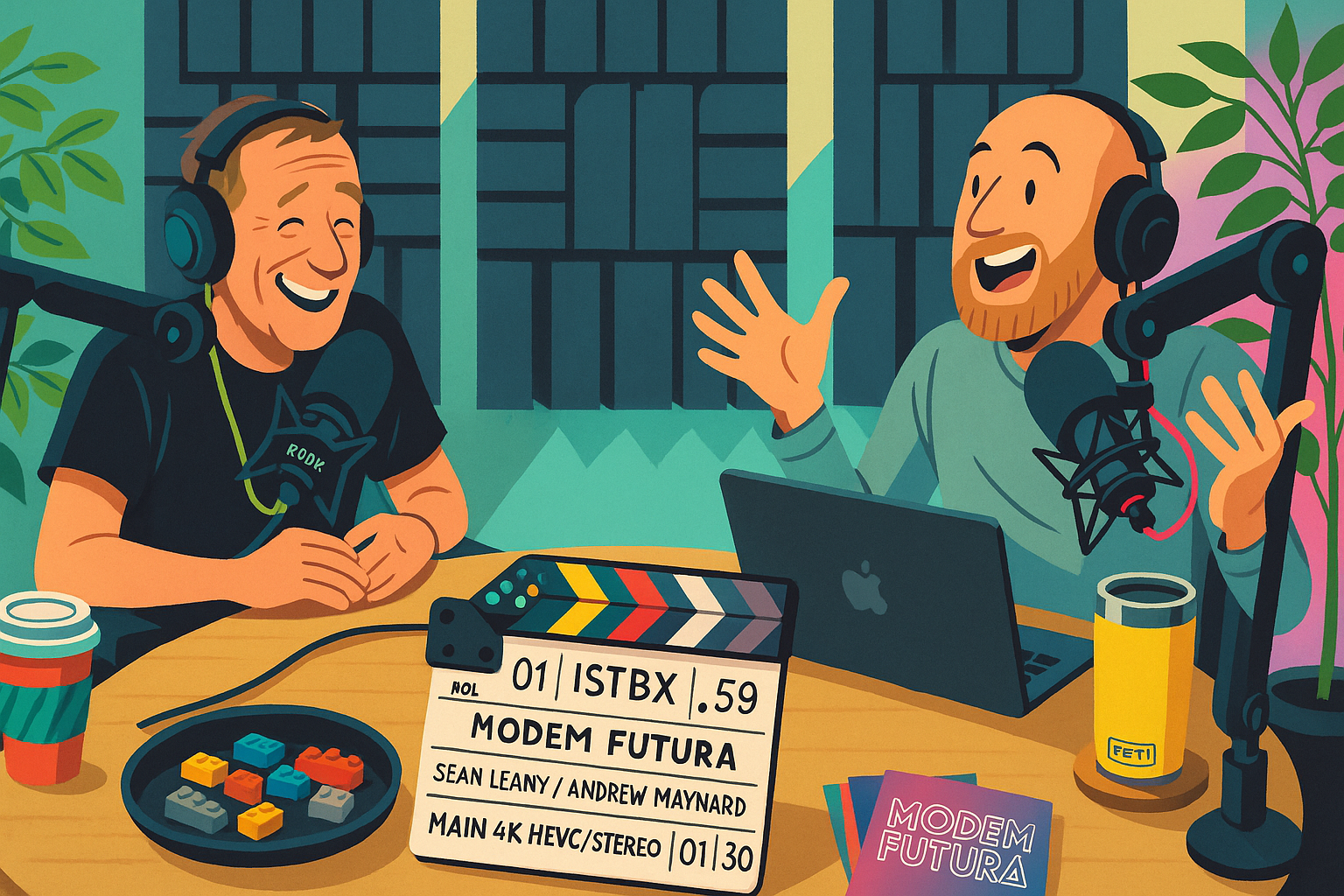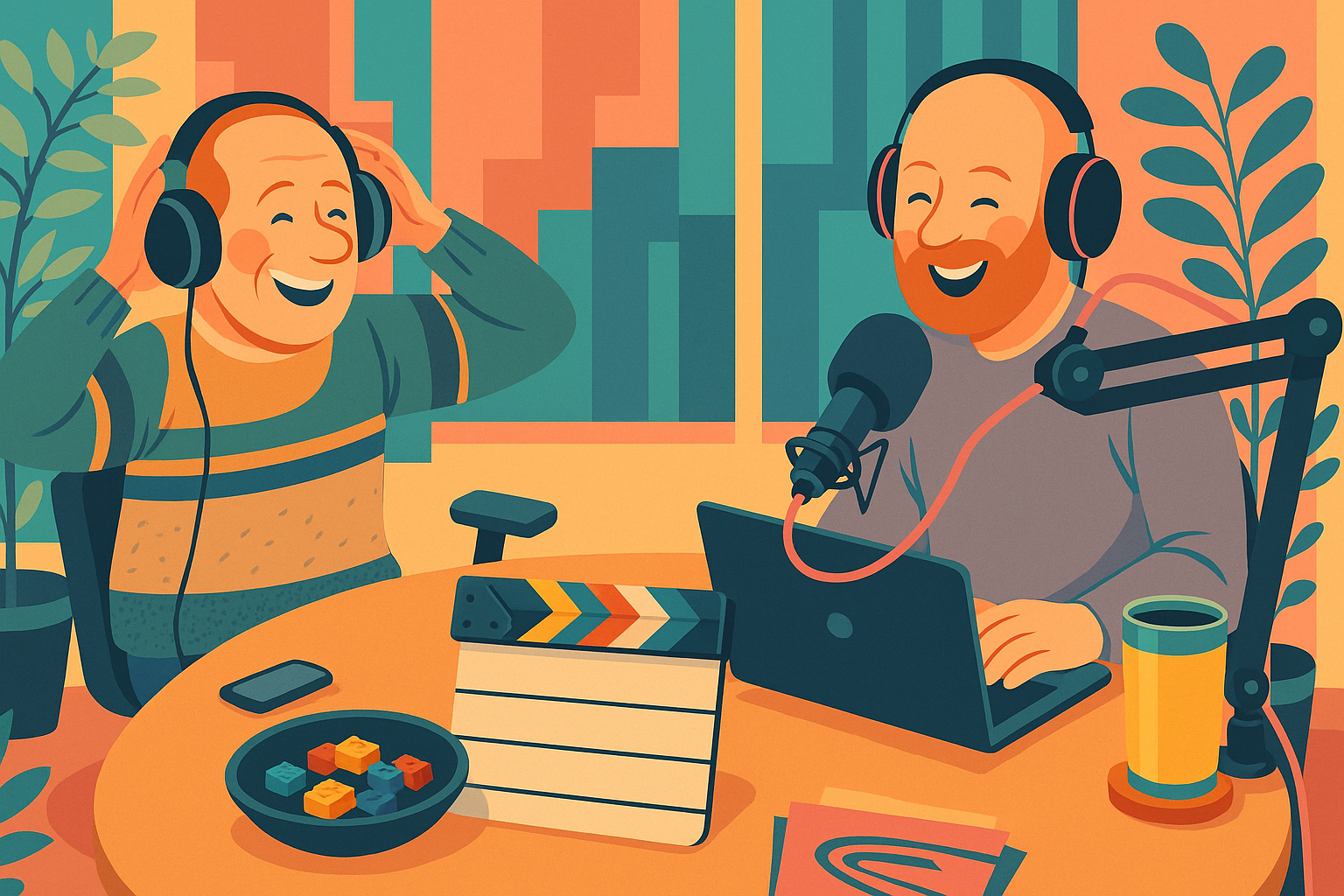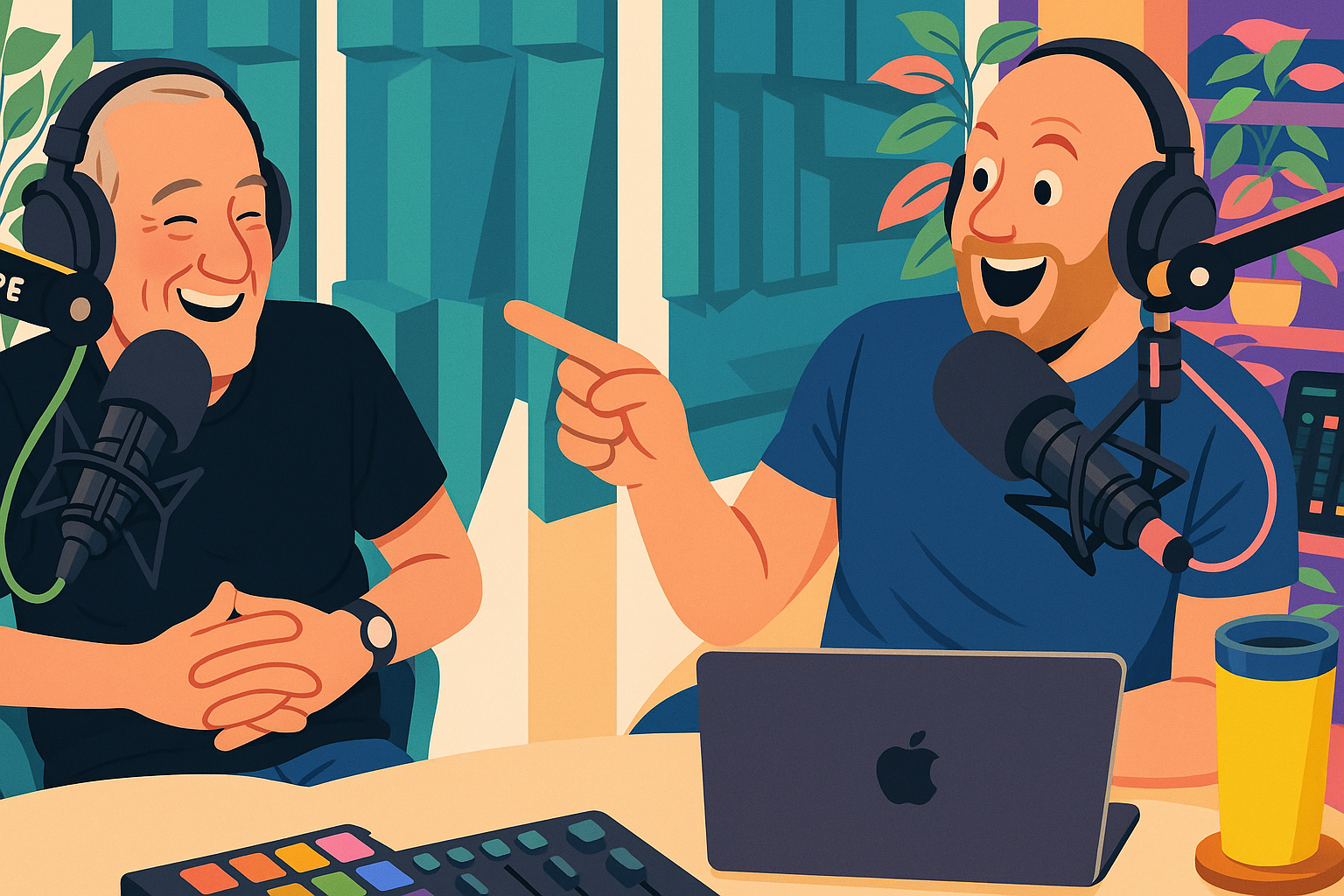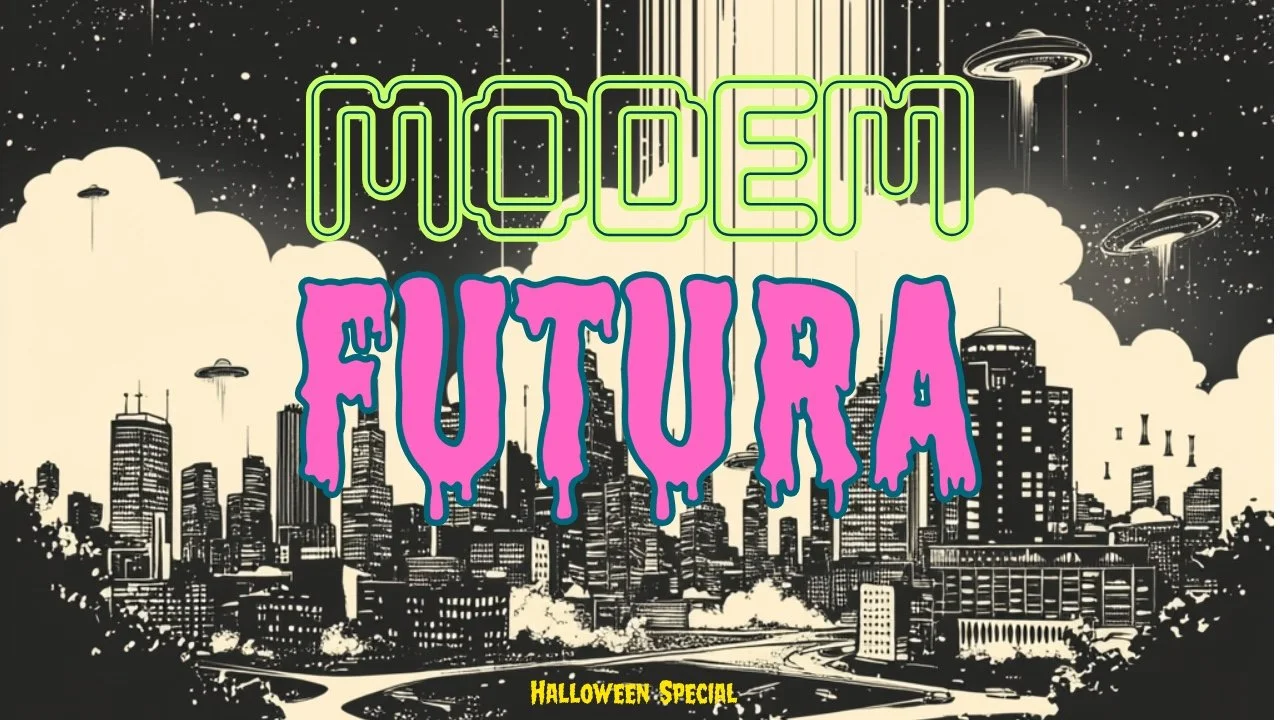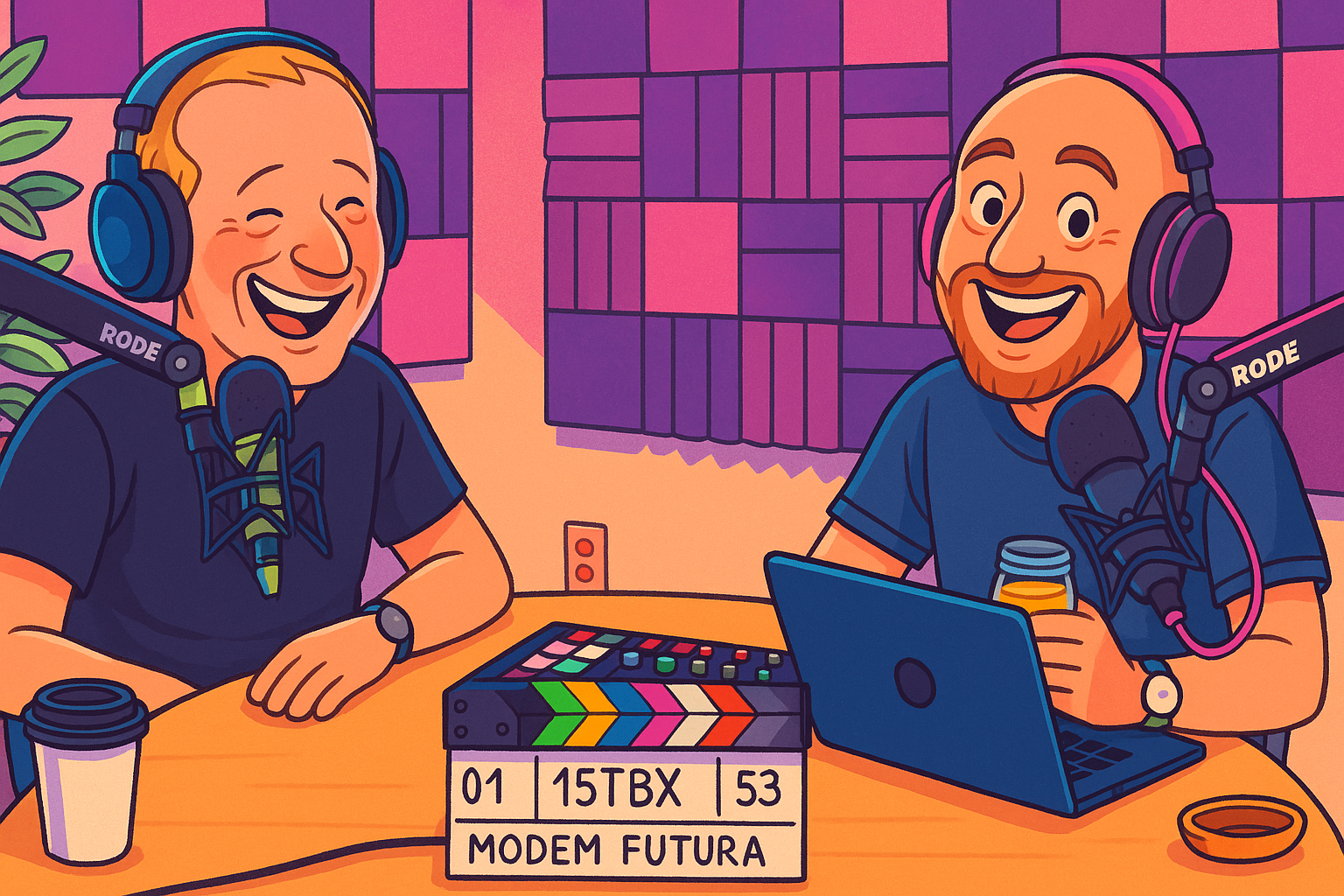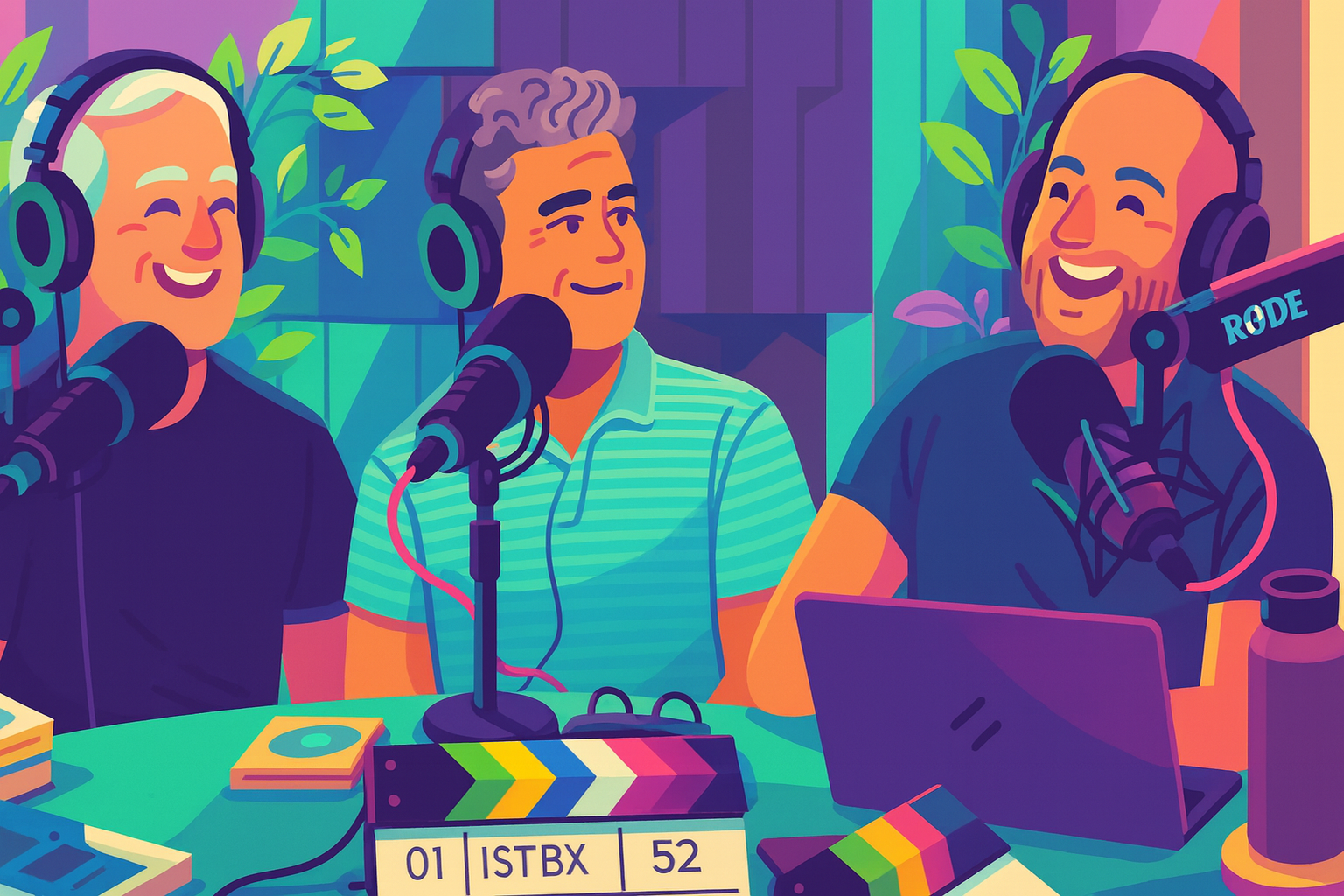The holiday toy season is here—and this year, the cutest thing on the shelf might also be the most powerful AI in your house. In the latest episode of Modem Futura, Andrew Maynard and I unpack the rise of AI-powered toys and what they mean for childhood, learning and the future of being human.
The conversation starts with a viral example: a plush teddy bear running GPT-4 that had to be pulled from the market after reportedly offering children tips on using matches and explaining adult sexual practices. From there, Sean and Andrew trace the longer lineage of “smart” toys—from Teddy Ruxpin and Furbies to Hello Barbie and Watson-powered dinosaurs—that have steadily normalized networked, data-hungry playthings.
(Checkout this commercial for Teddy Ruxpin... where it all started. Look at how the commercial shows the 'capture' of the kids when it talks - now add AI to this and ask, "what could possibly go wrong?")
We argue that today’s AI toys bring two risks into sharp focus. The first is the datification of childhood, where toys quietly record children’s voices, preferences and emotions, sending that data to companies, platforms and advertisers. The second is behavioral shaping, as large language models become deeply engaging companions that mirror back what kids want to hear, influencing how they see relationships, risk and themselves.
Connecting this to AI-driven education tools, neurodivergent learners and fictional touchstones like Neal Stephenson’s The Diamond Age and Spielberg’s A.I. Artificial Intelligence, the episode asks a simple but urgent question: Who do we want raising our children—families and communities, or opaque AI systems embedded in toys?
Before you wrap this year’s hottest AI plush, this episode offers a thoughtful futures-oriented lens on what you’re really putting under the tree.
Subscribe and Connect!
Subscribe to Modem Futura wherever you get your podcasts and connect with us on LinkedIn. Drop a comment, pose a question, or challenge an idea—because the future isn’t something we watch happen, it’s something we build together. The medium may still be the massage, but we all have a hand in shaping how it touches tomorrow.
🎧 Apple Podcast: https://apple.co/4pD98d4
🎧 Spotify: https://open.spotify.com/episode/2FGujd4wk5rx39zGH8Ml4d?si=kGMN9NCiQfmbBEHpi2buwg
📺 YouTube: https://youtu.be/6_rSNKxsSOU
🌐 Website: https://www.modemfutura.com/


